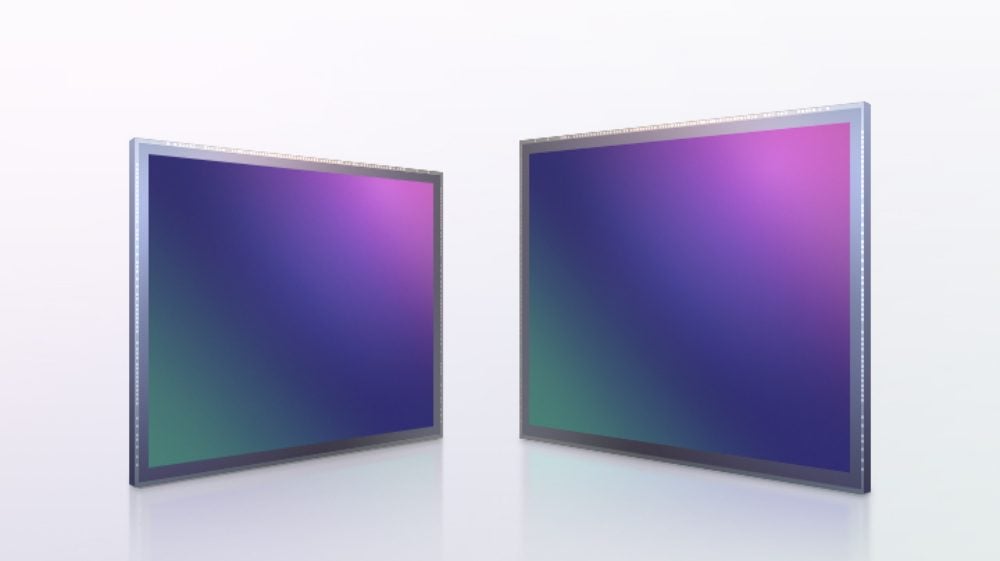OmniVision, a company originally founded by Chinese students in Silicon Valley in 1995, initially gained recognition through its groundbreaking CMOS image sensors. Their claim to fame came with the introduction of the world’s first single-chip color CIS sensor in 1997.
Despite an early lead in the market, OmniVision faced challenges post-2011 when they couldn’t meet Apple’s extensive order demands, resulting in Apple switching to Sony sensors starting with the iPhone 4S. However, OmniVision’s acquisition by Visionox marked a transformation into a domestic sensor supplier, aligning with the broader trend among Chinese smartphone brands to strengthen their domestic supply chains.

OmniVision’s OV50H: The New Favorite Among China’s Smartphone Giants
OmniVision made a significant impression at CES 2022 by unveiling a 200-megapixel CMOS sensor, known as OVB0B, which set a record for the world’s smallest pixel size at 0.61μm and featured a large 1/1.28-inch sensor. Now, OmniVision is creating buzz with its OV50H sensor, boasting a 1/1.3-inch size, 50 million pixels, and 1.2μm pixel size, demonstrating its exceptional quality.
This sensor has reportedly exceeded expectations and is drawing interest from several Chinese smartphone manufacturers. This resurgence reflects a broader trend of Chinese smartphone brands strengthening their domestic supply chains, potentially posing a challenge to market leaders like Sony and Samsung.
OmniVision’s comprehensive CIS sensor lineup, including main, telephoto, wide-angle, and front-facing sensors, is expected to be adopted by numerous domestic manufacturers, indicating a possible shift in the market. If we talk about recent upcoming launches then the iQOO 12 and Vivo X100 series are expected to feature OmniVision sensors.
This adoption highlights the ongoing price pressures in the market and underscores the competitive advantage that OmniVision’s technology offers to smartphone manufacturers seeking high-quality and innovative camera sensor technology.
Simultaneously, other Chinese entities, such as Huawei, are also venturing into self-developed CMOS image sensors, creating an environment favorable to domestic production. Meanwhile, there are rumors that Hynix is exiting the sensor industry due to financial struggles.
RELATED:
- Messages by Google App brings a Camera Icon for Quick Photo Sharing
- Fujifilm launches GFX100 II camera with newly designed 102MP HS image sensor
- Panasonic Teases G9 Mark II with Feature Phase Detection Autofocus and 4K60 Video Recording
- Best Smart Blinds of 2023: Yoolax, Ikea, Graywind & More
- Best Smart Scales of 2023: Fitbit, Garmin, Eufy & More
- Xiaomi 14 Pro vs Google Pixel 8 Pro: Specs Comparison
- Best Amazon Echo in 2023: Echo Show, Studio & More
(Via)






